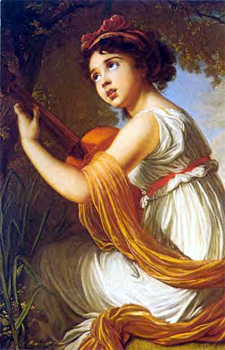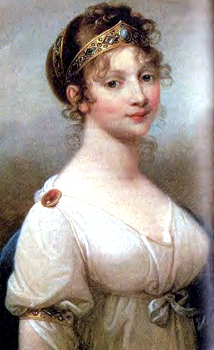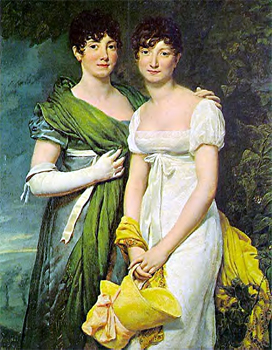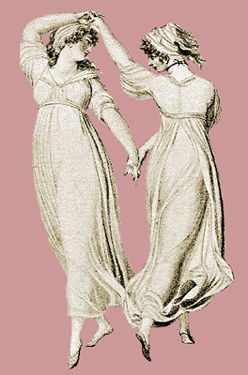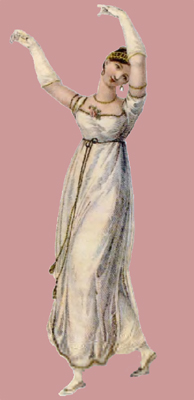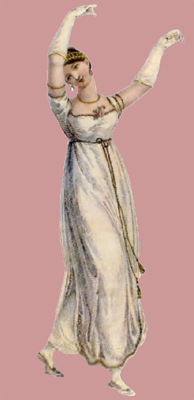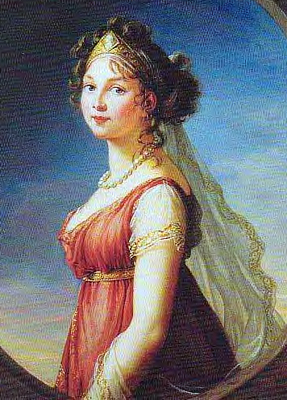

We Make History
Presents
An Introduction to
Ladies'
Fashions
of the Regency Era
by
Lord Scott
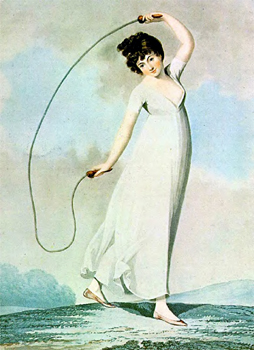
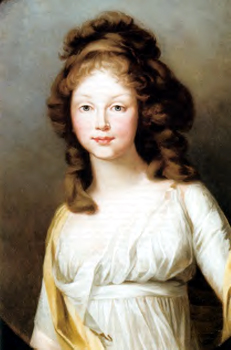
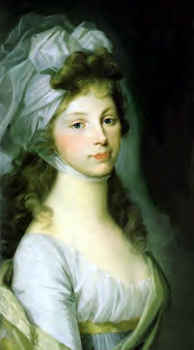
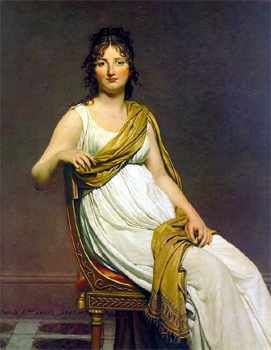
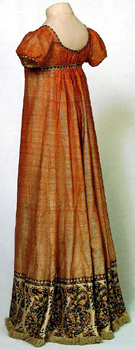
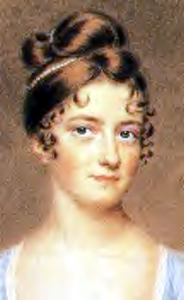
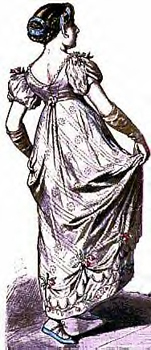
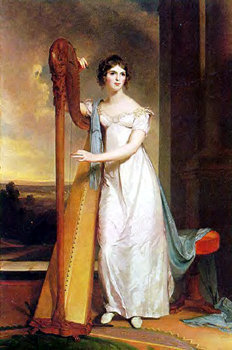
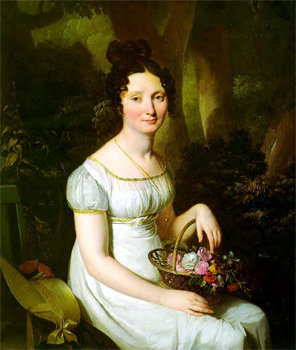
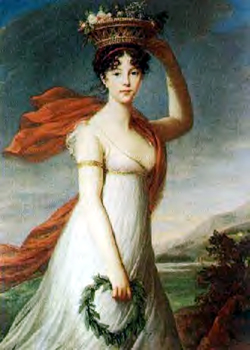
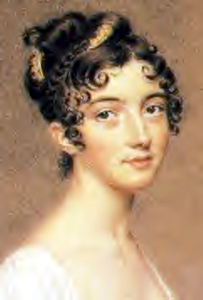
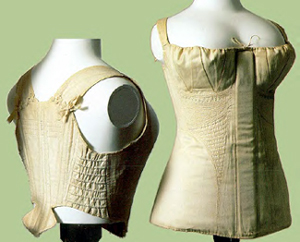
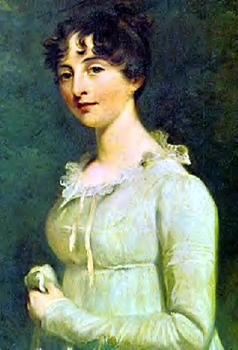

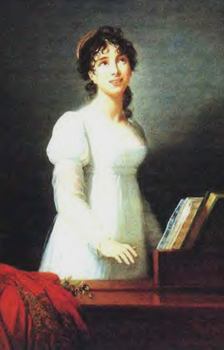
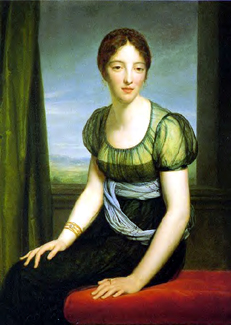
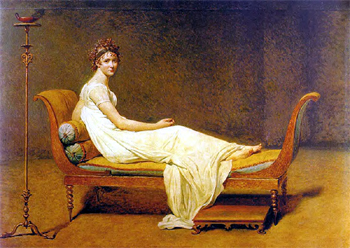
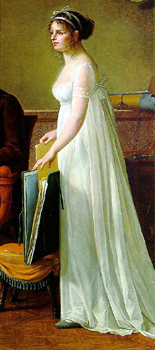
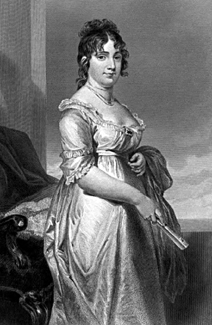
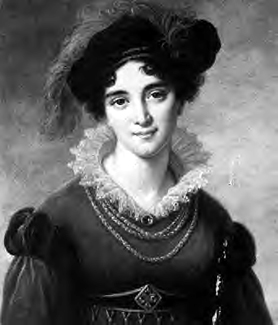
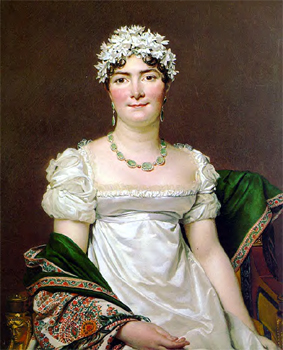
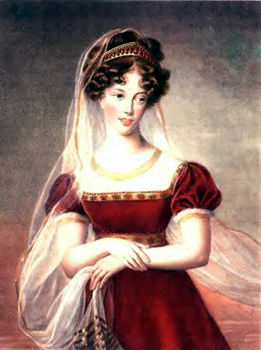
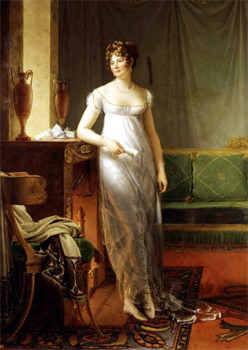
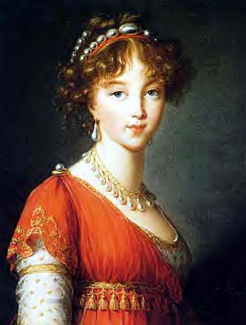
Encouraging Words in Appreciation of the Ladies
It has been well acknowledged by persons of discernment throughout history that of all the visible creation, God has blessed none with so much beauty as he has woman. This alone would be cause enough for great admiration, yet when woman adds to physical beauty such treasures as the beauty of good character; nobility, grace, generosity, affability, and discretion, along with intelligence, taste, wit and a sense of style, then she is a higher work of art indeed. It is no hidden thing that women have great influence over men. A low woman may be able to reduce a low man to the level of a swine. But a true lady has the ability to lift, inspire and ennoble a good man toward chivalry, gentlemanly ideals and greatness itself.
Ladies, do polish your physical beauty and allow it to shine, recognizing that your attire does matter, yet take even greater heed to the development of those qualities which will bring depth to beauty's luster. When you have done this you will discover great power in making use of all to inspire the good men around you to higher levels of their own.
Your fond admirer,
Lord Scott
